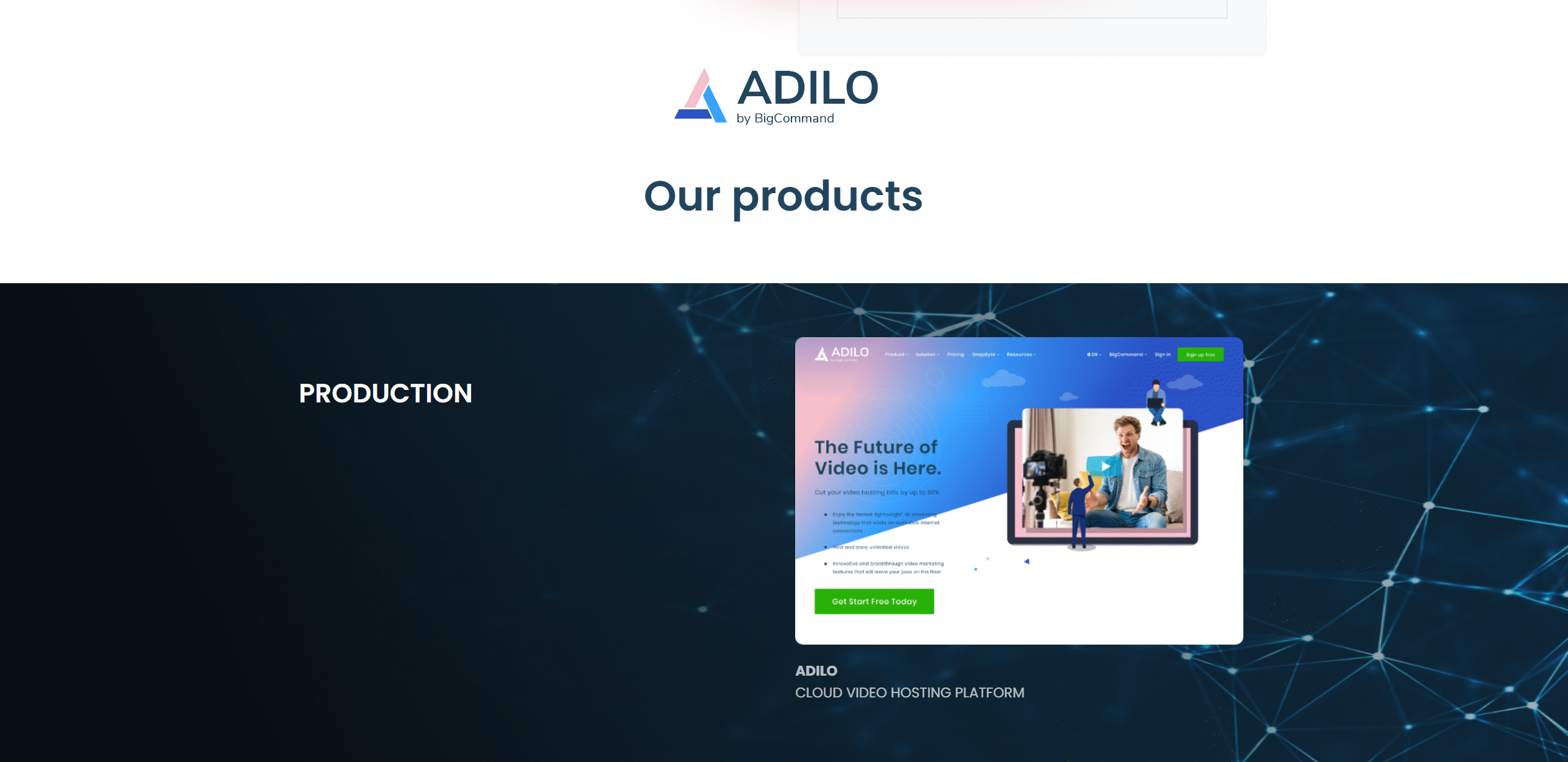Imagine having a brilliant video idea but missing essential shots during filming, leading to frustration. To avoid such setbacks, mastering the art of storyboarding is crucial. This blog delves into the significance of storyboarding in video production and provides a comprehensive guide on creating effective storyboards.
Introduction to Storyboarding
Storyboarding is a crucial aspect of video production, playing a significant role in setting the foundation for a successful project. By creating a visual roadmap of the scenes and shots before filming begins, creators can prevent setbacks during filming and editing, ensuring a smooth and efficient video creation process.
One of the key reasons why storyboarding is essential in video production is its ability to streamline the visual storytelling process. By outlining the sequence of events, camera angles, and shot compositions in advance, creators can ensure that every aspect of the video aligns with the intended narrative. This meticulous planning not only saves time during production but also enhances the overall quality of the final product.
Moreover, storyboarding helps in preventing setbacks that may arise during filming and editing. By visualizing the shots beforehand, creators can identify any missing elements or crucial scenes that need to be captured. This proactive approach minimizes the risk of overlooking important details, such as key product features, emotional moments, or transitional shots, which are vital for conveying the intended message effectively.
Setting the foundation for a successful video project begins with a well-crafted storyboard. Whether it's a short promotional video, a brand advertisement, or a narrative film, having a clear visual plan ensures that every aspect of the production aligns with the creative vision. From the choice of camera angles to the placement of subjects within each frame, storyboarding guides the entire video creation process, empowering creators to bring their ideas to life with precision and clarity.
The Two Methods of Storyboarding
When it comes to video production, effective storyboarding is a crucial step in the video creation process. It lays the foundation for visual storytelling and ensures that the final product aligns with the creator's vision. In this section, we will explore the two primary methods of storyboarding: using stick figures and illustrations, and written instructions aligned with the script.
Using Stick Figures and Illustrations
One of the most common methods of storyboarding involves utilizing stick figures and simple illustrations to outline the scenes of the video. This approach is favored by many creators and filmmakers for its simplicity and effectiveness. Even if one lacks advanced drawing skills, basic sketches can effectively convey the intended shots.
Renowned director Martin Scorsese is known for using simple stick figures to plan out his scenes, emphasizing that the goal is not to create perfect drawings but to provide a visual reference for structuring the shooting and editing process. This method allows creators to visualize the composition of each shot and plan the sequence of scenes accordingly.
Written Instructions Aligned with the Script
Another method of storyboarding involves written instructions that align with the script of the video. This approach is particularly useful for short-form content such as Instagram ads or brand promos, where visual storytelling plays a key role in engaging the audience.
By breaking down the script into scenes based on visual changes, creators can effectively plan the video and ensure that the visuals complement the narrative. For scenes with voiceovers, the script serves as the foundation for determining the corresponding visuals, including on-screen text, visual imagery, and audio cues.
Adding additional layers of detail to the written instructions helps specify important elements such as discount codes, calls to action, music, and sound effects. This method provides a comprehensive guide for creating a detailed scene-by-scene breakdown of the video, facilitating a clear vision for shooting and editing.
Both methods of storyboarding offer unique advantages and can be adapted to suit various video formats, whether they involve stock footage, motion graphics, or live-action sequences. By incorporating these techniques into the video production process, creators can enhance the quality of their content and effectively bring their ideas to life.
Components of a Storyboard
When it comes to video production, one of the crucial elements that can make or break a project is the storyboard. A storyboard serves as a visual roadmap for the entire video creation process, guiding filmmakers, creators, and editors in bringing their ideas to life effectively. In this section, we will delve into the key components of a storyboard that play a vital role in shaping the narrative and visual storytelling.
Panel or Frame Representing What the Audience Will See
The foundation of any storyboard lies in the panels or frames that represent what the audience will see on screen. These panels act as snapshots of the scenes, capturing the essence of the visuals that will be translated into the final video. Choosing the right aspect ratio for these panels is essential to ensure that the visuals align with the intended video format.
Choosing the Right Aspect Ratio for Panels
Aspect ratio plays a significant role in determining how the video will be displayed across different platforms. Whether it's a standard 16:9 ratio for YouTube videos or a square 1:1 ratio for social media platforms like Facebook, selecting the appropriate aspect ratio for panels is crucial for maintaining visual consistency and compatibility.
Composition and Subject Placement in Frames
The composition within each frame of the storyboard is like a canvas where the subjects are strategically placed to convey the intended message. The way subjects are positioned, the angles chosen, and the framing of shots all contribute to the visual appeal and storytelling of the video. Whether it's a wide shot to establish a setting or a close-up to highlight emotions, each composition choice influences how the story unfolds.
Using Arrows to Indicate Motion and Camera Movements
Adding arrows within the frames of a storyboard can be a powerful technique to indicate motion and camera movements. These arrows help in visualizing how characters move within the scenes, the direction of their actions, and the camera movements such as pans or zooms. By incorporating arrows effectively, creators can enhance the dynamic flow of the video and ensure a seamless transition between shots.
Creating an Effective Storyboard
When it comes to video production, one of the key elements that can make or break a project is the storyboard. An effective storyboard serves as a roadmap for the entire video creation process, guiding the filming and editing stages seamlessly. In this section, we will delve into the importance of storyboarding techniques in visual storytelling and how it plays a crucial role in the video creation process.
Downloading a Free Storyboard Template for Guidance
Before diving into the intricacies of storyboarding, it's essential to lay a solid foundation. One way to kickstart the process is by downloading a free storyboard template. This simple yet powerful tool can provide invaluable guidance on structuring your video project effectively.
By utilizing a storyboard template, creators can visualize the sequence of scenes, plan shot compositions, and ensure that no crucial shots are missed during filming. Whether you're a seasoned filmmaker or a novice content creator, having a storyboard template at your disposal can streamline the video production workflow and enhance the overall quality of your visuals.
Planning Scenes Based on Visual Changes
Visual storytelling hinges on the seamless transition between scenes and the effective communication of ideas through imagery. When planning your storyboard, it's crucial to consider visual changes that drive the narrative forward.
By breaking down the script into individual scenes based on visual changes, creators can craft a cohesive storyline that captivates viewers. Each scene should flow naturally into the next, guiding the audience through a visually engaging journey. Whether it's a product demonstration, a brand story, or a promotional video, aligning scenes based on visual changes can elevate the impact of your video content.
Adding Visual Imagery, Text, and Audio Cues
Visual imagery, text overlays, and audio cues play a pivotal role in enhancing the storytelling aspect of videos. In your storyboard, consider how these elements can be integrated seamlessly to convey your message effectively.
Visual imagery, such as dynamic shots or striking visuals, can create a lasting impression on viewers and evoke emotional responses. Text overlays, including subtitles, key messages, or calls to action, provide additional context and engagement. Audio cues, such as background music or sound effects, add depth and atmosphere to your video content, enriching the viewer's experience.
By incorporating a mix of visual imagery, text elements, and audio cues in your storyboard, you can create a multi-sensory experience that resonates with your audience. These elements work together harmoniously to bring your video concept to life and leave a lasting impact on viewers.
Adapting Storyboarding for Different Video Formats
When it comes to video production, the art of storyboarding plays a crucial role in shaping the final outcome. Storyboarding is not just about sketching scenes; it's a comprehensive visual roadmap that guides the entire video creation process. In this section, we delve into the versatility of storyboarding for various video formats and its application to stock footage-based or motion graphic videos.
Effective storyboarding is like having a blueprint before constructing a building. It ensures that every essential element is captured during filming, preventing the frustration of realizing crucial shots were missed during editing. By adapting storyboarding techniques to different video formats, creators can streamline their production process and enhance the visual storytelling aspect of their videos.
Versatility of Storyboarding for Various Video Formats
One of the key strengths of storyboarding is its adaptability to different video formats. Whether it's a short Instagram ad, a brand promo, or a longer narrative video, storyboarding provides a visual framework that aligns with the script and enhances the overall coherence of the video.
For instance, when creating a stock footage-based video, storyboarding helps in selecting the right clips that complement the narrative. By visualizing how each stock footage piece fits into the story, creators can ensure a seamless flow of visuals that resonate with the audience.
Similarly, in motion graphic videos where animation plays a significant role, storyboarding serves as a guide for designing each animated sequence. It helps in structuring the storyline, transitions, and visual effects, ensuring a cohesive and engaging final product.
Application to Stock Footage-based or Motion Graphic Videos
Stock footage-based videos rely on pre-existing footage to convey a message or tell a story. Storyboarding in this context involves selecting the most relevant stock clips, arranging them in a logical sequence, and adding any necessary original footage to enhance the narrative.
By storyboarding a stock footage-based video, creators can visualize how each clip contributes to the overall story arc, ensuring a coherent and impactful message. It also helps in identifying any gaps that need to be filled with additional footage or graphics to maintain the video's flow.
On the other hand, motion graphic videos leverage animation and visual effects to convey information creatively. Storyboarding for motion graphics involves sketching out each animated scene, defining the movement, timing, and transitions to bring the graphics to life.
By storyboarding motion graphic videos, creators can plan the visual elements, text overlays, and effects that align with the script. This process ensures that the animation enhances the storytelling and effectively communicates the intended message to the audience.
The Value of a Well-Structured Storyboard
When it comes to video production, the value of a well-structured storyboard cannot be overstated. It serves as the blueprint for your visual storytelling journey, ensuring that every scene is meticulously planned and executed to perfection.
One of the key benefits of a detailed scene-by-scene breakdown is the clarity it brings to the video creation process. By mapping out each shot and sequence in advance, creators can avoid the common pitfalls of missing essential shots or overlooking crucial details during filming.
Moreover, a well-crafted storyboard plays a vital role in enhancing visual storytelling and idea visualization. It allows creators to visualize the final product before even picking up a camera, enabling them to fine-tune the narrative flow, camera angles, and overall composition for maximum impact.
Storyboarding Techniques for Effective Visual Storytelling
There are two primary methods for creating an effective storyboard: visual illustrations and written instructions. Visual storyboarding involves using simple stick figures or illustrations to outline each scene, providing a visual reference for the shooting and editing process.
Renowned filmmakers like Martin Scorsese emphasize the importance of simplicity in storyboarding, highlighting that even basic sketches can effectively convey the intended shots. The goal is not artistic perfection but rather clear communication of the visual elements.
On the other hand, written storyboarding focuses on aligning visuals with the script, breaking down scenes based on visual changes and narrative flow. This approach is particularly useful for short-form content like social media ads or brand promos, where concise visual cues are essential.
Enhancing Visual Storytelling and Idea Visualization
By following these storyboarding techniques, creators can enhance their visual storytelling capabilities and bring their ideas to life effectively. Detailed scene-by-scene breakdowns ensure a clear vision for shooting and editing, minimizing the risk of overlooking critical elements.
Effective storyboarding not only streamlines the video production process but also fosters creativity and innovation. It provides a structured framework for exploring different visual approaches, experimenting with camera angles, and refining the overall narrative arc.
Ultimately, a well-structured storyboard is a valuable tool for any creator embarking on a video production journey. It lays the foundation for captivating visual storytelling, guiding the creative process from conception to execution with precision and clarity.
In conclusion, storyboarding serves as the backbone of successful video production, enabling creators to plan, visualize, and execute their ideas with precision. By embracing the techniques discussed in this guide, aspiring filmmakers and content creators can unlock the full potential of their projects and captivate audiences with compelling visual narratives.
TL;DR: Learn the art of storyboarding to enhance your video production process and bring your ideas to life with clarity and precision.



